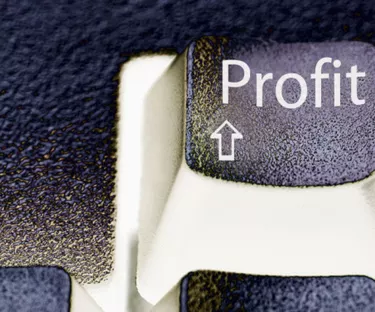
Stock options are contracts that give the option holder the right to buy — call options — or sell — put options — the underlying stock at a specific price until a set expiration date. The price at which an option can be exercised by the option holder is called the strike price. The price of the underlying stock in relation to the strike price determines if the option has any value for the option holder.
Call Options
Video of the Day
Step 1
Look up or review the strike price of the call option contract. The description of an option contract looks like: IBM January 135 Call. This is a call option on IBM that has a strike price of $135 and expires in January. The strike or exercise price of this option is $135.
Video of the Day
Step 2
Look up the current share price of the underlying stock. In this example, IBM is currently quoted at $141.20.
Step 3
Determine if the call option is "in the money." To be in the money, the current share price of the underlying stock must be above the strike price of the call option. In this case, the IBM call option is in the money.
Step 4
Calculate the in-the-money amount by subtracting the call option strike price from the current share price. The example IBM call option is in the money by $141.20 minus $135, which equals $6.20.
Step 5
Calculate the per-contract dollar value of the in-the-money component by multiplying the in-the-money value times 100. Each option contract is for 100 shares of the underlying stock. The example IBM call option has an in-the-money value of $620.
Put Options
Step 1
Look up or review the strike price of the put option contract. The description of the option contract looks like: WMT March 57.50 Put. This is a put option on Walmart that has a strike price of $57.50 and expires in March. The strike or exercise price of this option is $57.50.
Step 2
Look up the current share price of the underlying stock. For this example, Walmart is currently quoted at $54.55.
Step 3
Determine if the put option is in the money. To be in the money, the current share price of the underlying stock must be below the strike price of the put option. In this case, the Walmart put option is in the money.
Step 4
Calculate the in-the-money amount by subtracting the current share price from the put option strike price. The example WMT put option is in the money by $57.50 minus $54.55, which equals $2.95.
Step 5
Calculate the per-contract dollar value of the in-the-money component by multiplying the in-the-money value times 100. Each option contract is for 100 shares of the underlying stock. The example WMT put option has an in-the-money value of $295.
Tip
An option premium or price consists of two parts: If the option is in the money, that amount is the intrinsic value of the option. Any additional amount in the price of the option is the time premium.
The amount of time premium decays as the option approaches the expiration date.
The expiration date for stock options is the Saturday following the third Friday of the expiration month.
Warning
An option that's in the money on the expiration date is automatically exercised. This means a call option holder must buy 100 shares of the underlying stock at the strike price; a put option holder must sell 100 shares at the strike price. An option trader with an in-the-money contract should sell the option before the expiration date to realize the profit.